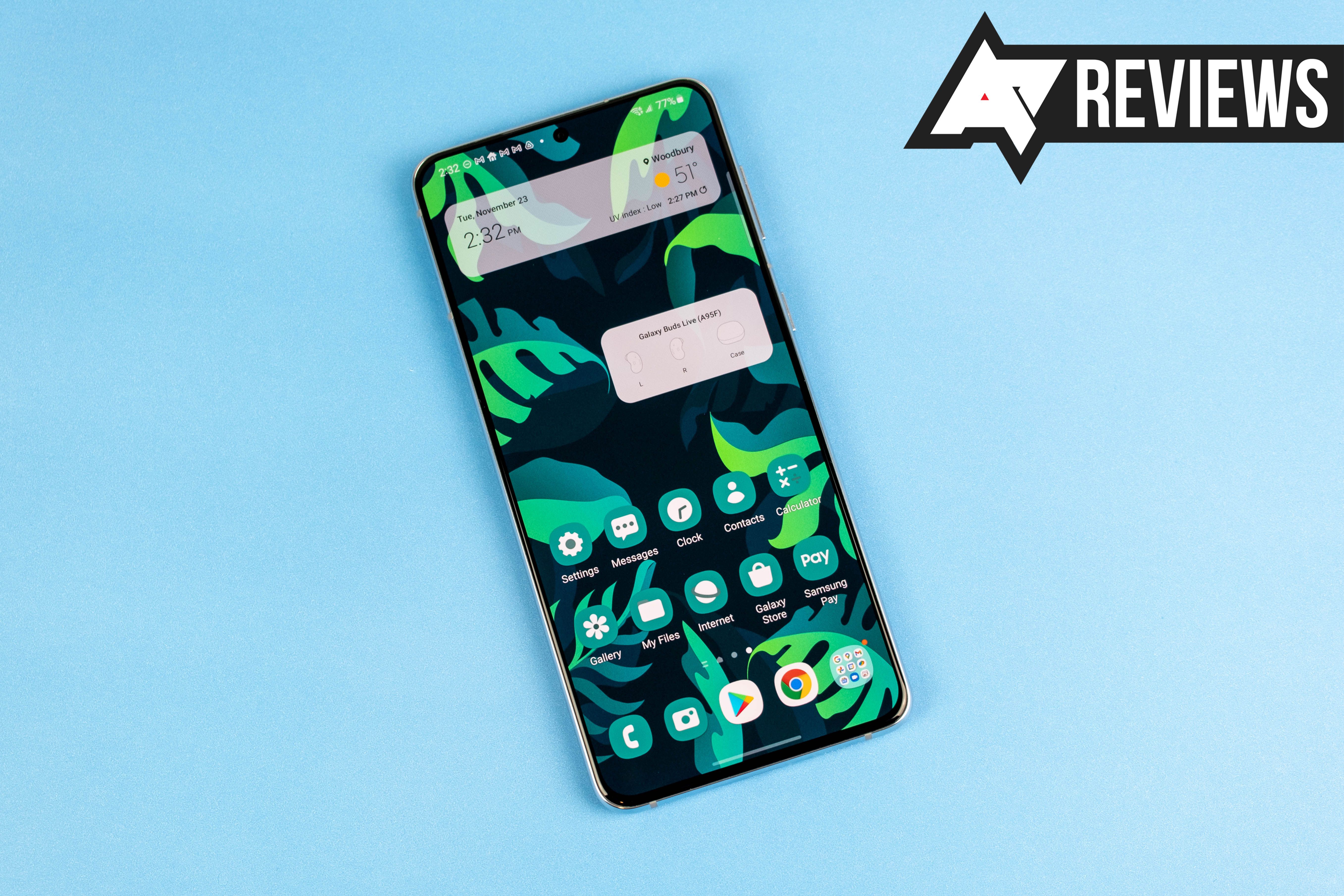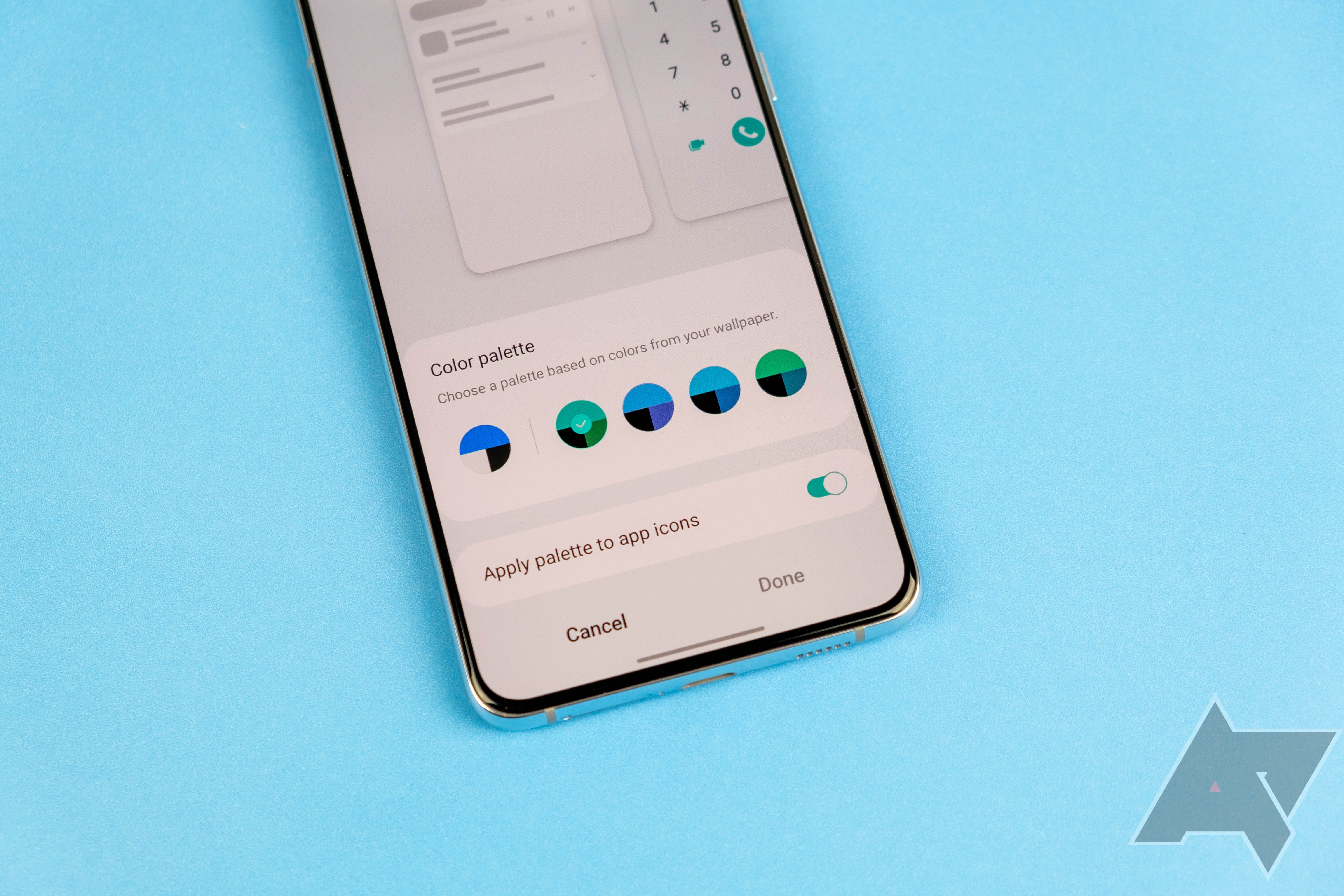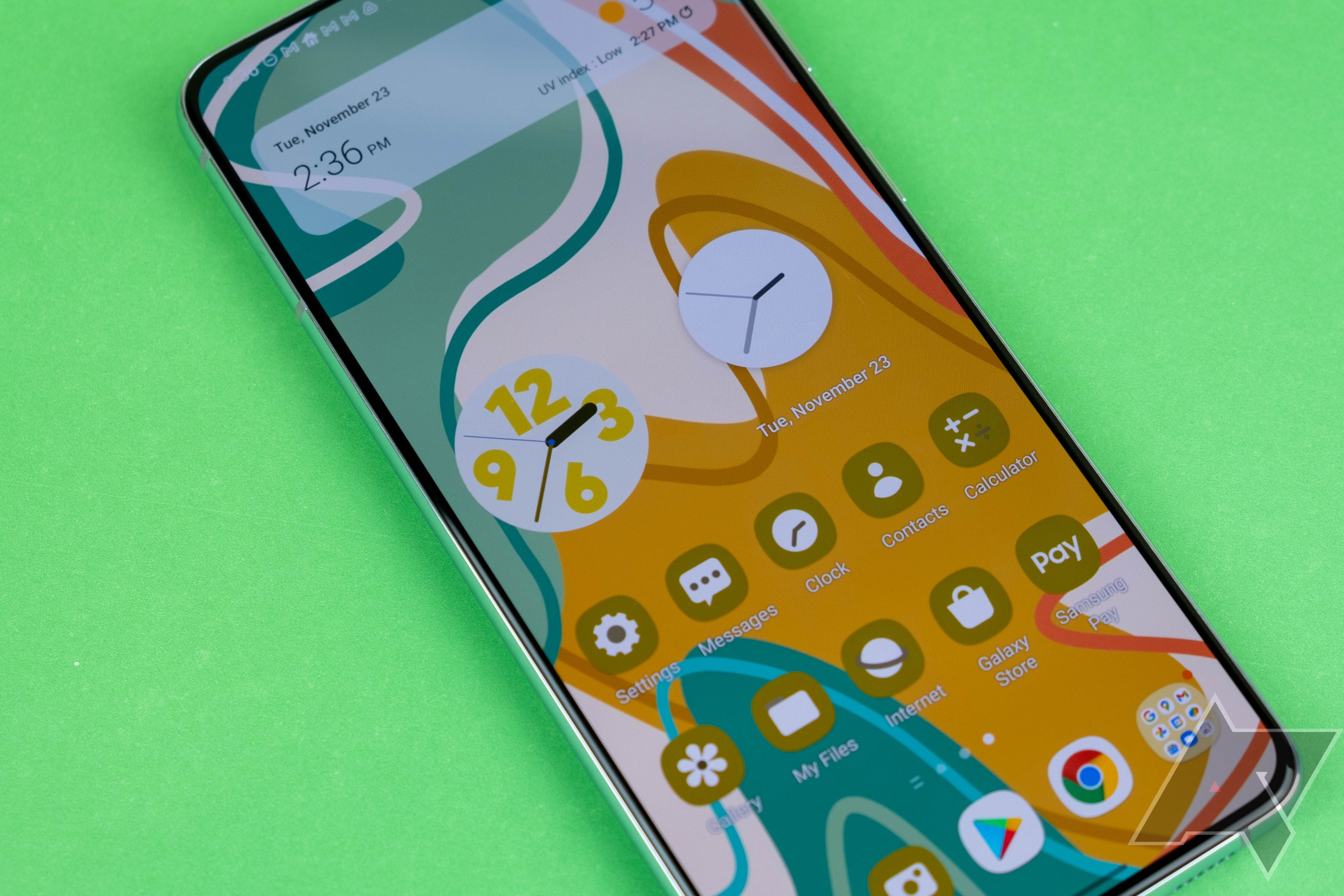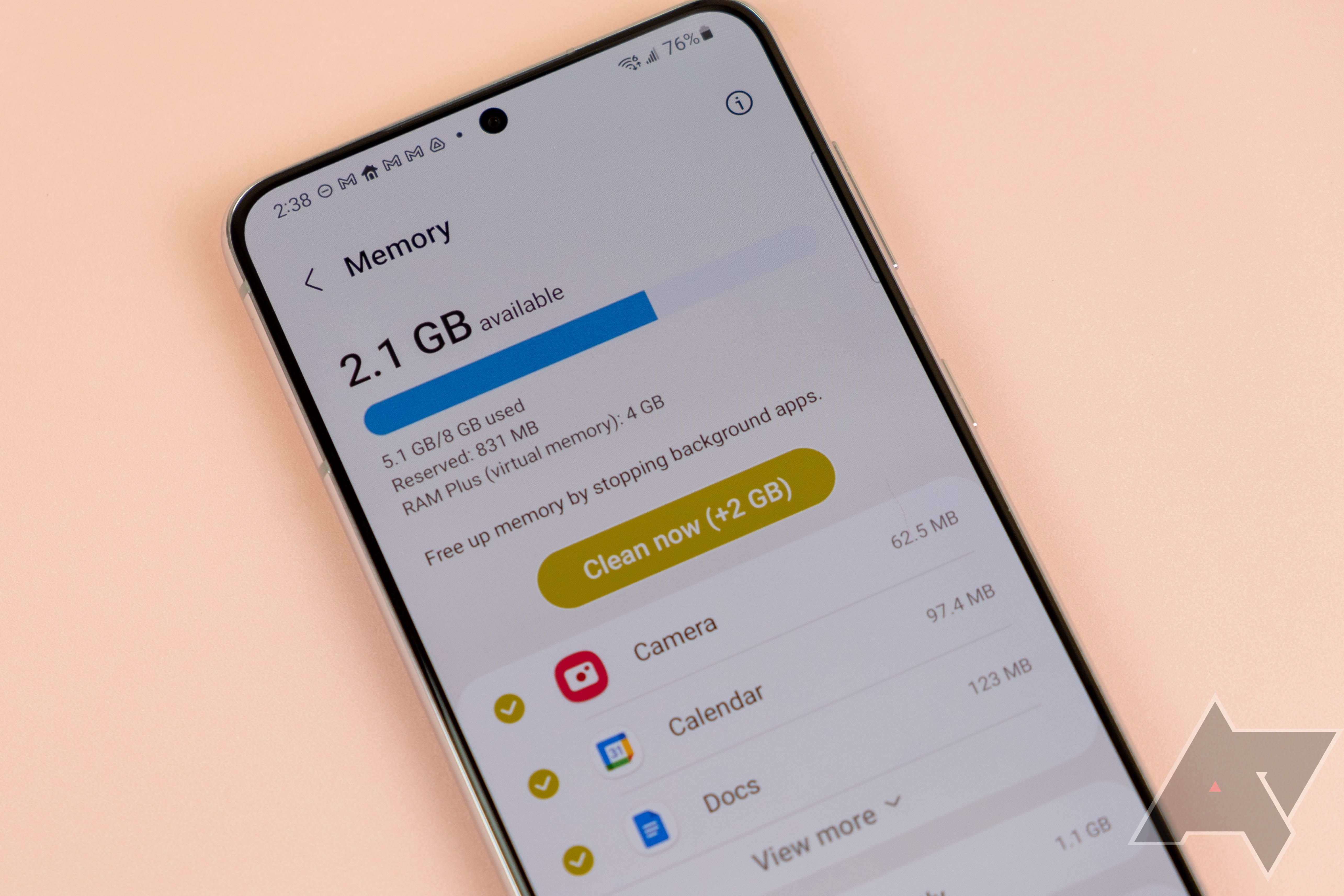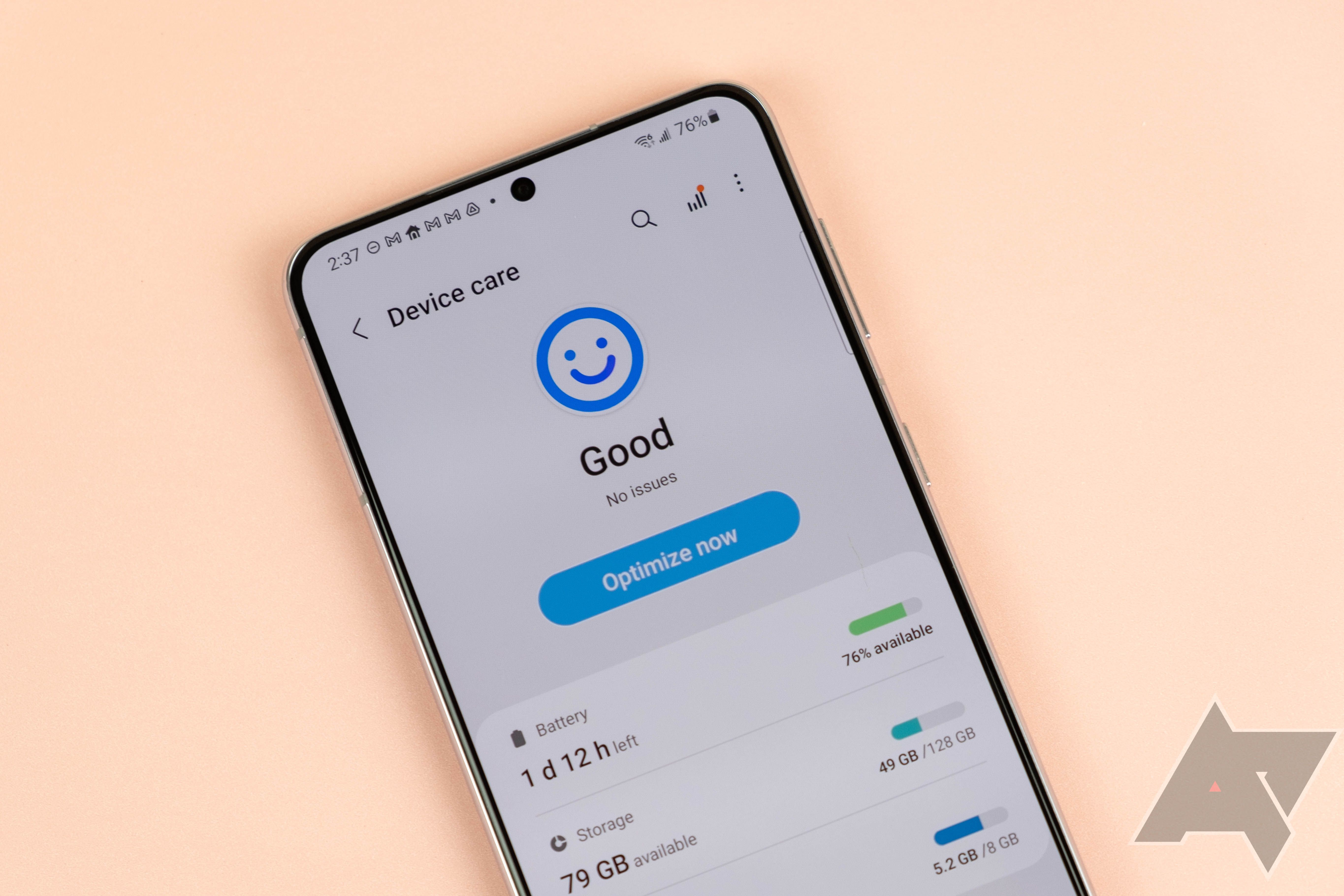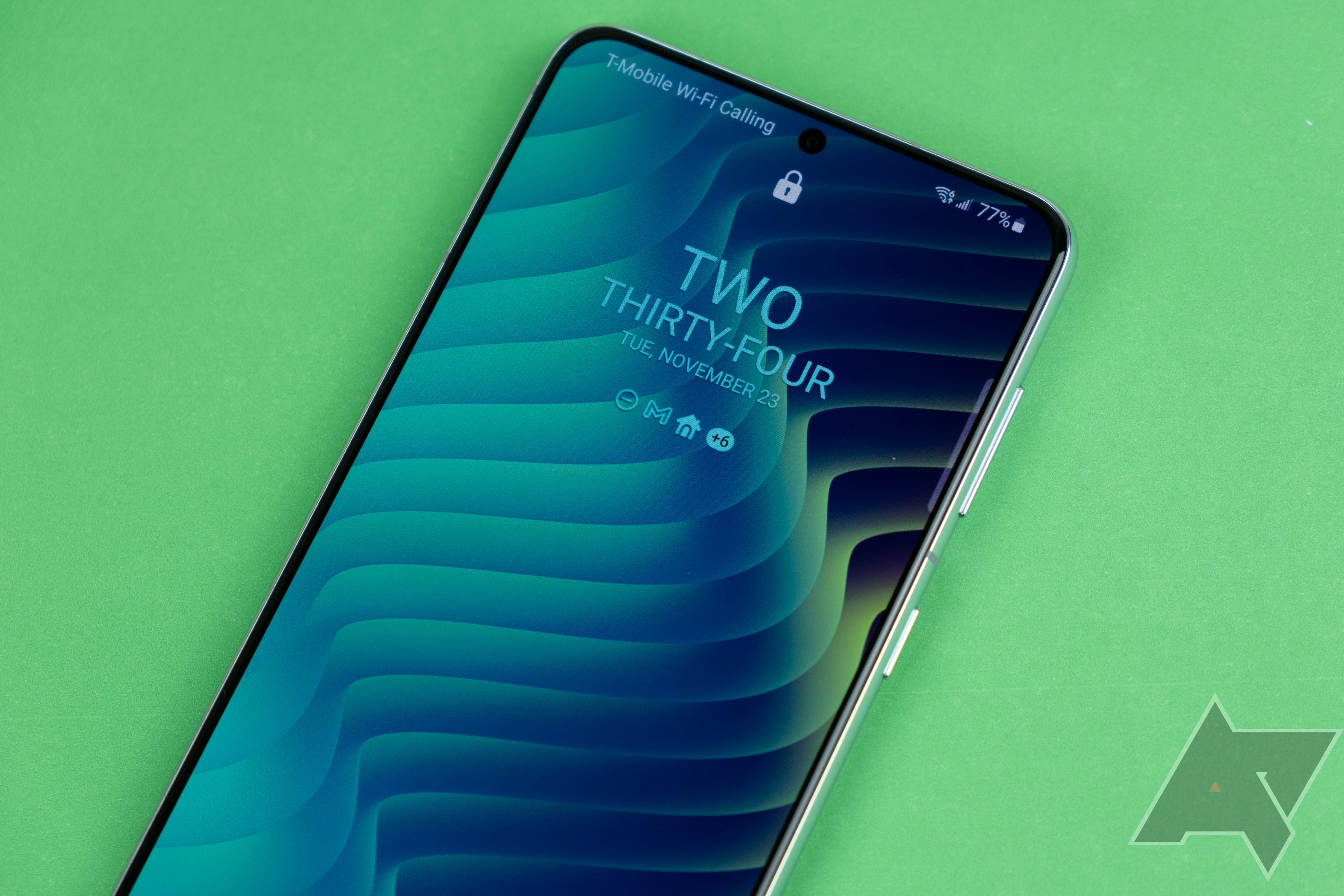It wasn't that long ago that buying a Samsung phone meant saying goodbye to speedy updates. Thankfully, Galaxy updates have been appearing faster and for a much longer time on recent Samsung devices. With the update to One UI 4, Samsung has shown that phones don't need to languish on outdated versions of Android for months on end. Barely a month after Android 12 came out, Samsung has released One UI 4 based on Android 12 for the Galaxy S21 series. Samsung's newfound commitment to update support is a feature—one of the most important you can get on an expensive smartphone. The rest of the features are going to be less impactful than you're probably hoping because Samsung doesn't like to rock the boat.
This is the One UI you know
I didn't expect Samsung to radically alter the way One UI looks on the S21 series, even with a major update to Android 12. It still works the same, so people won't be confused when their phone reboots after the upgrade. Still, I expected a little more considering Google made so many revisions on its side. There are a few styling changes to notifications, the quick settings, and some more far-flung parts of the OS, but if you were hoping for a robust implementation of Material You, you may be materially disappointed. While Samsung has updated some of its widgets to fit with the rounded Android 12 aesthetic, none of them participate in Material You device themes. Themes exist, but they're even more limited than on the Pixels.
Samsung extracts color palettes from wallpaper images, but they're bolder than Google's desaturated tones (and there aren't as many options). I liked this at first, but some of the combos, especially those pulled from more vibrant backgrounds, can end up looking a bit over-the-top. Some middle ground between Google's subtlety and Samsung's boldness would be ideal. Icon theming is disabled by default, the same as on the Pixels. However, activating icon themes only affects Samsung's own apps. Even Google apps that support theming on Pixels will remain unthemed in One UI 4, but Google's widgets do work with the theme. Apps themselves do support the color palettes in One UI 4, but Samsung's apps don't make as much use of the theme as Google's.
In a twist, Samsung colors the lock screen clock and notifications based on the lock screen background. This is separate from the rest of the system theme, and that makes more sense to me than Google's method of changing the entire theme whenever you set either the lock screen or home screen wallpaper.
One UI 4 overall has a rather uneven theming implementation. See below, Google's widgets are themed, but the icons aren't. Meanwhile, Samsung's icons use theme colors (usually), but its widgets don't. We know that Google's "Monet" system is not currently available to other OEMs, so that could account for the differences. I feel like this is going to take a few versions to work out, not unlike the transition to the OG Material Design or navigation gestures. Some OEMs will do a better job than others, but so far all we've seen is Samsung's take.
If you're a long-time Samsung user who's plugged into the company's bundled apps, you'll probably be happier with One UI 4 than most. Those apps have gotten a raft of small but thoughtful improvements. For example, you can search for media in the Messages app, and the browser defaults to private mode. Samsung's health app now has more inclusive gender options, and the layout is easier to navigate. Here's one for everyone: the camera app now shows zoom levels as numbers instead of wireframe plants, which makes vastly more sense.
Samsung rolled out a feature called RAM Plus several months ago, allowing phones to reserve 4GB of internal storage as virtual RAM. Even though the S21 family has between 8 and 12GB of RAM, RAM Plus is on by default and can't be disabled in Android 12. I don't understand why Samsung would waste storage on something with so little benefit when it won't even set aside storage for seamless updates. I do hope Android 12L includes a toggle for RAM Plus. All that said, I've found performance to be largely unchanged from Android 11. The S21+ is still a very fast phone, and I haven't seen the scrolling lag issue.
But it's also Android 12
I'm bummed Samsung didn't do more with Material You, but things are still evolving. Future updates to Android 12 could make more theming functionality available to OEMs. It's not just visual changes we can look forward to—the update to Android 12 also took away a feature I use all the time. Just like Google's Pixels, the S21 on Android 12 has lost the ability to control Cast volume with the buttons on your phone. This is thanks to a legal dispute (presumably the Sonos mess), and a fix should be available in Android 12L. It's still frustrating to lose a feature like this in what is ostensibly an "upgrade."
Because One UI 4 is based on Android 12, it has all the deep-down system improvements Google introduced on the new Pixels. Many of these changes have to do with privacy and security, which is always appreciated in this day and age. However, Samsung doesn't get all the credit—you'll find the same things, more or less, on other Android 12 phones. Samsung has tweaked features like the new privacy dashboard and sensor alerts to look and work like part of One UI. Samsung did some good with the battery usage tools, though. While Google scaled back the battery menu in Android 12 to only show the past 24 hours, Samsung retained the "since last charge" view as well as trends over the past 7 days. The Device Care menu also has a new emoji to tell you how happy your phone is. Okay then, Samsung.
I have been testing One UI 4 on a Galaxy S21+, which I believe is a truly underappreciated member of the S21 family. I chose this phone because One UI 4 isn't out on the Z Fold3 yet, and I'm very excited for that. I love how powerful multi-window is on the Z Fold3, and One UI 4 should make it even better. On the S21, Samsung's multi-window functionality seems smoother now. It's easier to resize apps, and several things that used to be crash-prone are now rock solid. I've even been able to resize windows that are actively playing video without breaking anything.
And points for speed
It was only a few years ago that Samsung was lucky to wrap up an Android update in six months, but things have really turned around. Just a few weeks after Google released Android 12, Samsung has OTAs for its most popular phones of the year, and the rest of its high-end devices are coming soon.
I've been happy to see OEMs (including but not limited to Samsung) pledging to update phones for longer. I would never tell someone to continue using a smartphone that doesn't get security patches in this day and age. So, as far as I'm concerned, the end of a manufacturer's update guarantee is a phone's expiration date. Samsung charges a lot for its devices, and it's not exactly packing in major feature improvements, but it's shown it can deliver an update experience very close to Google's.

